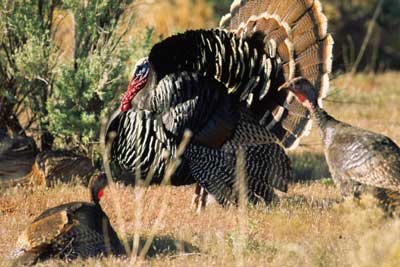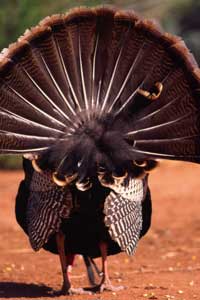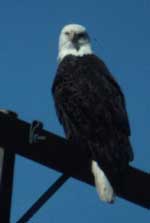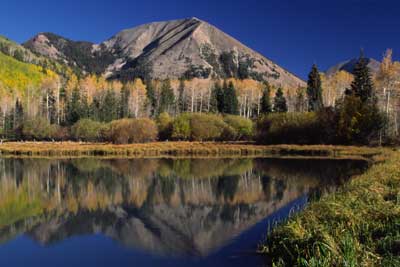 If there is a bird that is strongly associated with a particular month, that match would be November and the turkey. For a moment, forget about the supermarket species, a domesticated version of the wild ancestor that once roamed across the southwest and other parts of the United States.
If there is a bird that is strongly associated with a particular month, that match would be November and the turkey. For a moment, forget about the supermarket species, a domesticated version of the wild ancestor that once roamed across the southwest and other parts of the United States.
Long before the pilgrims landed at Plymouth Rock or the Spanish conquistadors rode into the Southwest, Native Americans had been able to raise wild turkeys in captivity. Prized for their meat and feathers, the Ancestral Puebloans in the Four Corners Region used turkey feathers to make blankets, feather-fur robes, prayer feathers, and bone tools. Turkey Pen Ruin in southern Utah has one structure of numerous upright poles that may have been used to pen up the birds. The Spaniards called the birds Guayolote norteño, and the common name was a spin off from a somewhat similar species of fowl that was imported from Turkey into Central Europe. When the early settlers came to America, they brought the domesticated version with them.
 The wild turkeys one sees around the Moab area are from reintroduction efforts by The National Turkey Federation and State agencies. Once plentiful, the native birds were heavily hunted in the 19th and 20th centuries.
The wild turkeys one sees around the Moab area are from reintroduction efforts by The National Turkey Federation and State agencies. Once plentiful, the native birds were heavily hunted in the 19th and 20th centuries.
Throughout the year groups of turkeys, called rafters, forage and roost together. A group consists of hens and their offspring, as well as some Toms in the breeding season. A rafter may range from dozen to over 200 birds, especially in areas where food is abundant. The sexes are dimorphic, meaning the females are duller and smaller than the males, and the hens also lack the male’s red wattles on the throat and neck. Males and small percentage of females have a “beard” which is a cluster of modified feathers that projects out from the male’s breast. Both have between 5,000 and 6,000 feathers, and also sport featherless, reddish heads that can change color depending upon their reactions. Their long tail feathers are square-tipped, and the males will fan out these tail feathers during their spring courtship rituals.
Turkeys are omnivores and they feed on grasses, seeds, acorns, nuts, berries, insects, snails, worms, amphibians, and reptiles. As a group forages, its members stay in constant communication with a variety of chucks, whistles, gobbles, purrs, yelps, whines, and other calls. When danger arises, these heavy-bodied birds can explode into flight or scamper through the underbrush, cutting and weaving better than a Denver Bronco’s fullback.
 November is a good time to look for these birds in fields and farms along the Colorado and Dolores rivers and in the lower oakbrush-ponderosa pine habitat in the La Sals. Like many birds, turkeys seek group protection against predators. Forget the “dumb-witted” image of a turkey; these are smart birds that rely on excellent hearing, good eyesight, and the flock mentality to survive in the wild.
November is a good time to look for these birds in fields and farms along the Colorado and Dolores rivers and in the lower oakbrush-ponderosa pine habitat in the La Sals. Like many birds, turkeys seek group protection against predators. Forget the “dumb-witted” image of a turkey; these are smart birds that rely on excellent hearing, good eyesight, and the flock mentality to survive in the wild.
Back in 2001, a turkey-like fossil called Hagryphus giganteus, which means “giant four-footed, bird-like god of the western desert,” was excavated in the desert of southwestern Utah. The fossil was about 75 million years old. Hagryphus once stood seven-feet tall and had a large, toothless beak and powerful arms tipped with deadly claws. Its hind end had a fan of large feathers, thus the outward resemblance to a large land bird. Paleontologists estimate that this dinosaur could run 25 miles per hour. You’d be prey before you could spit out its common name.
So this November, remember to “Give a Gobble” of thanks to the wild relative of your Thanksgiving Day’s main guest of honor. After all, the wild turkey was once considered to be emblematic of our founding nation, only to lose out to the bald eagle.
